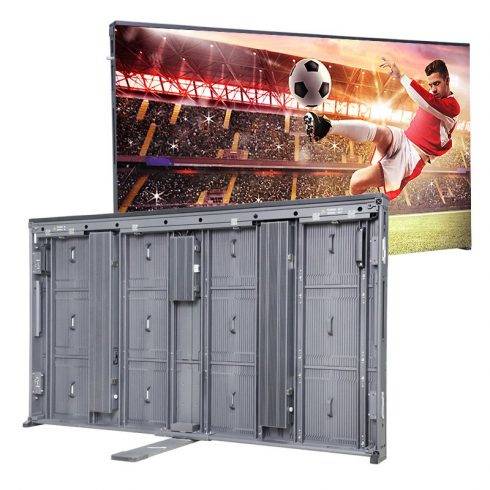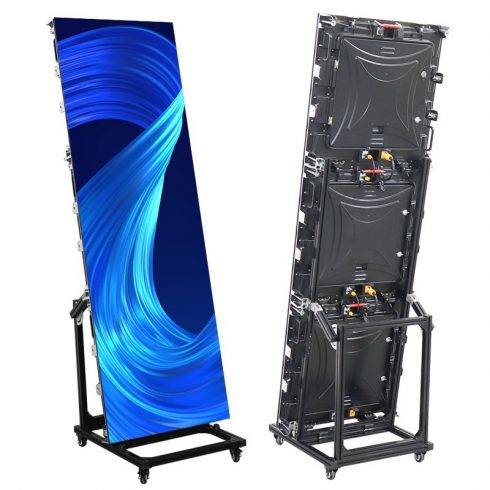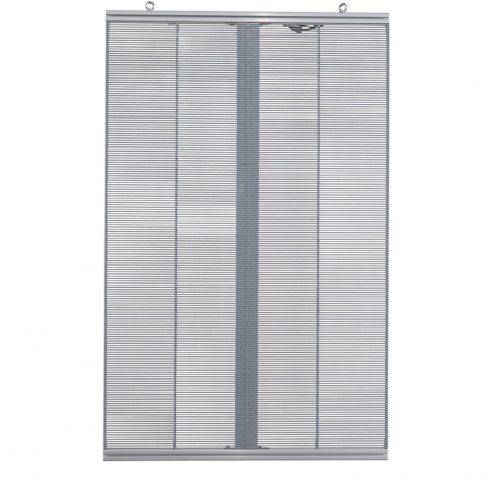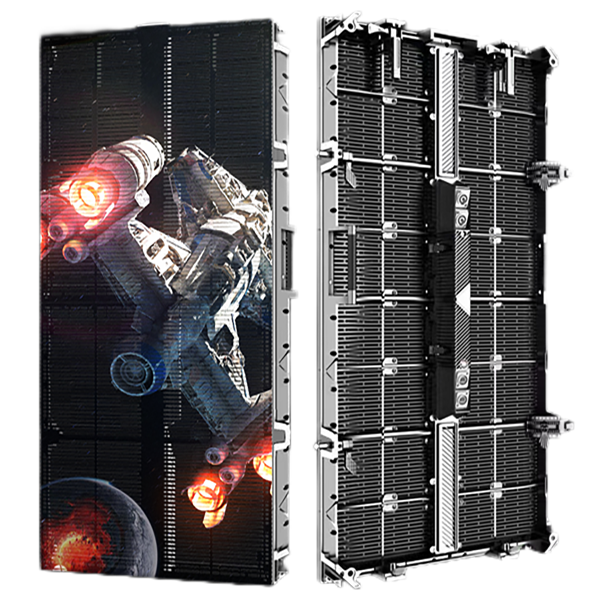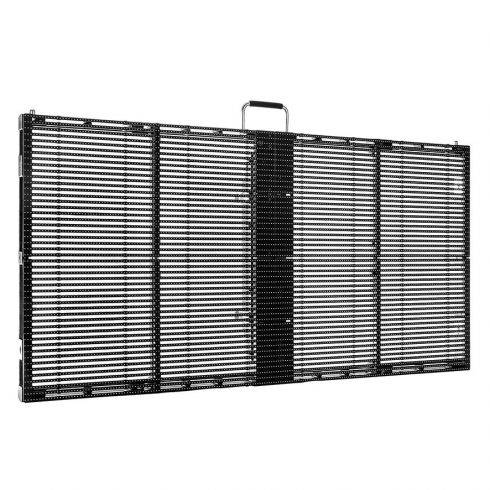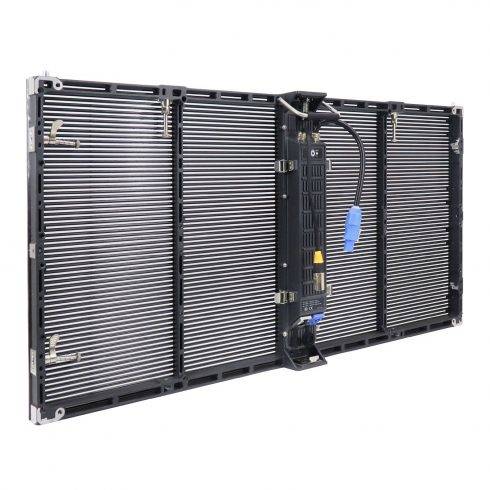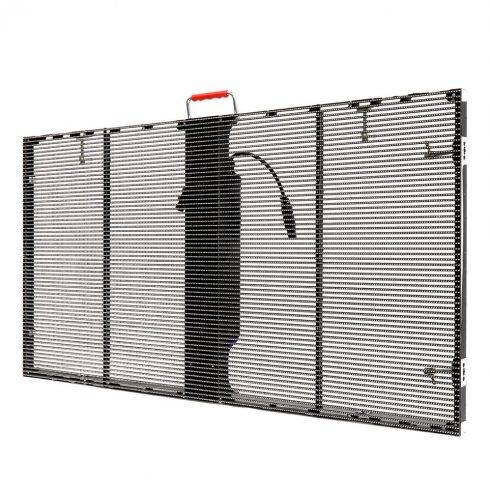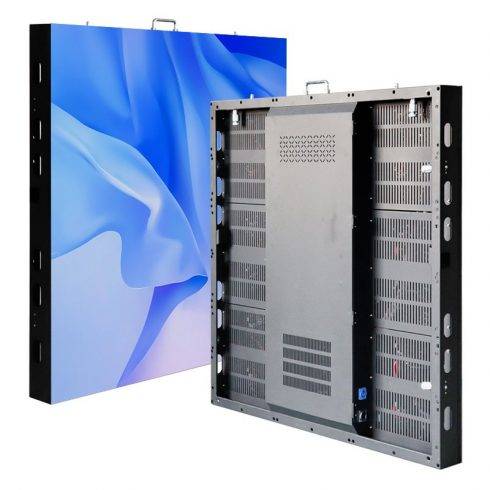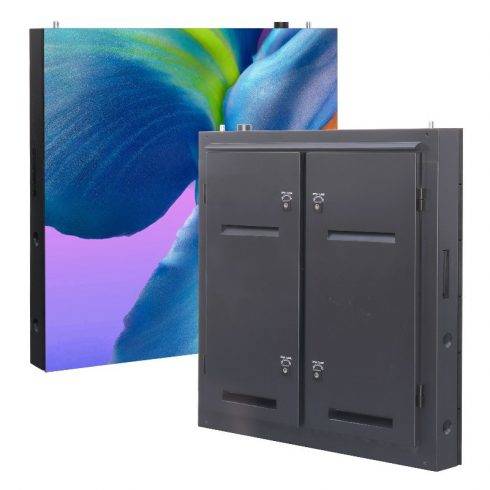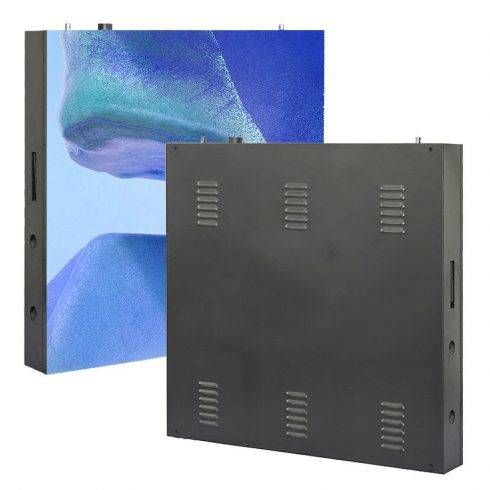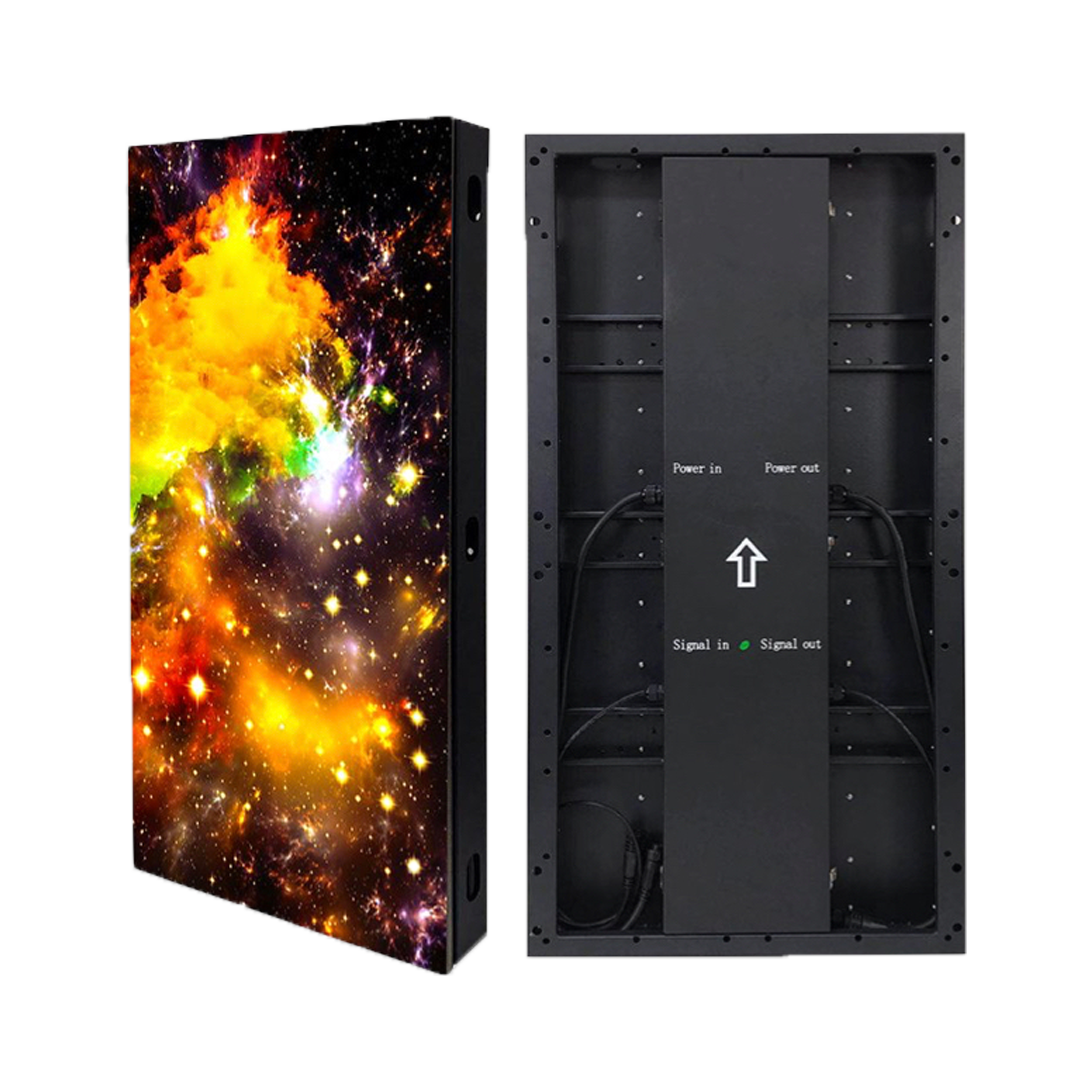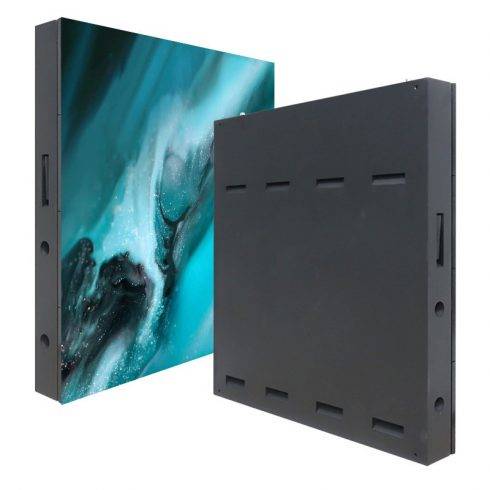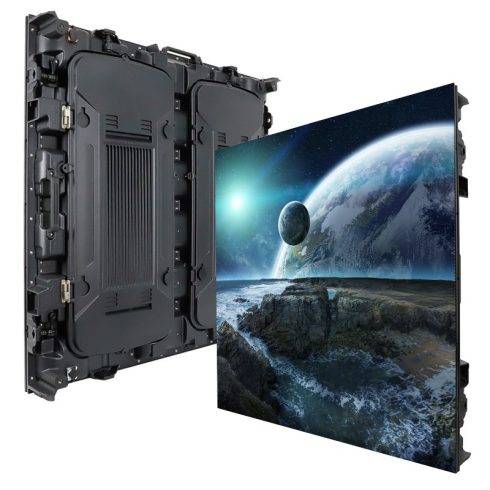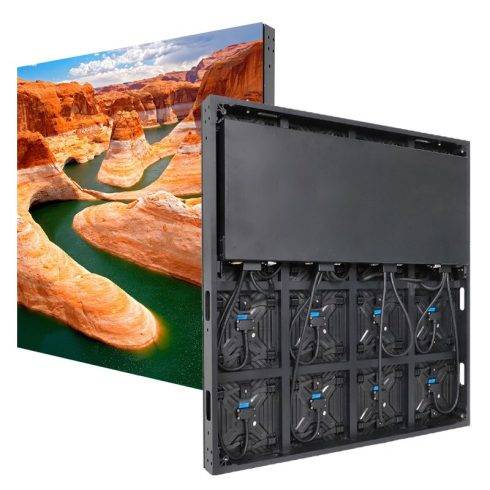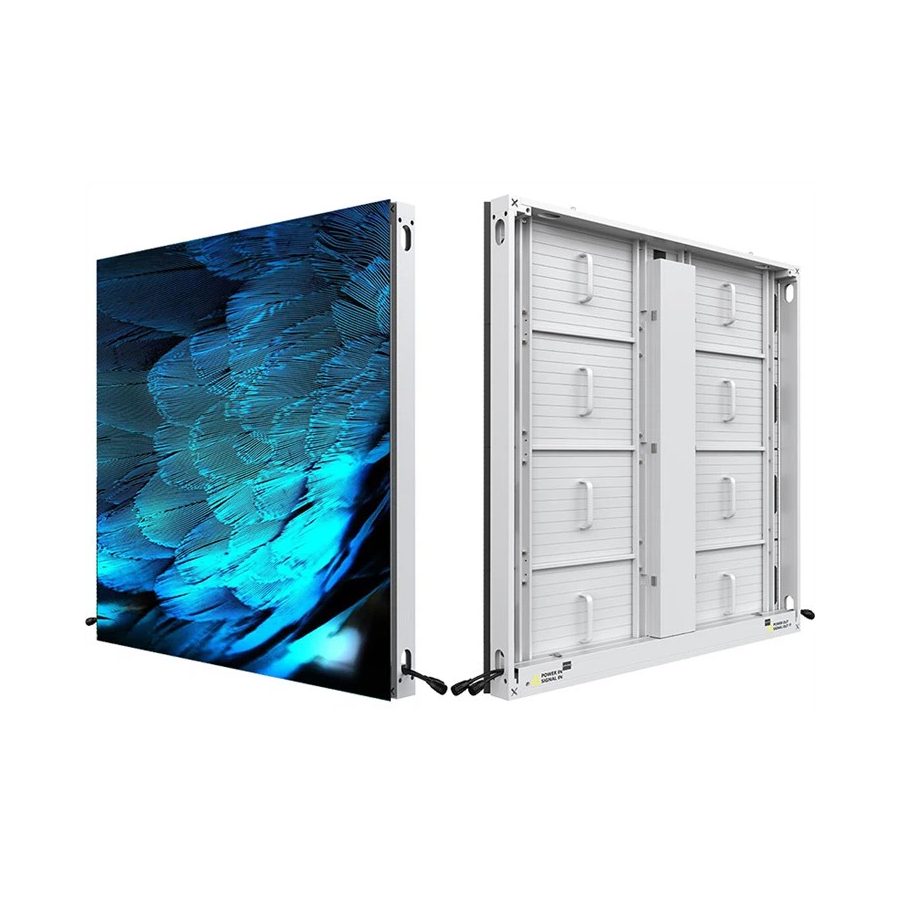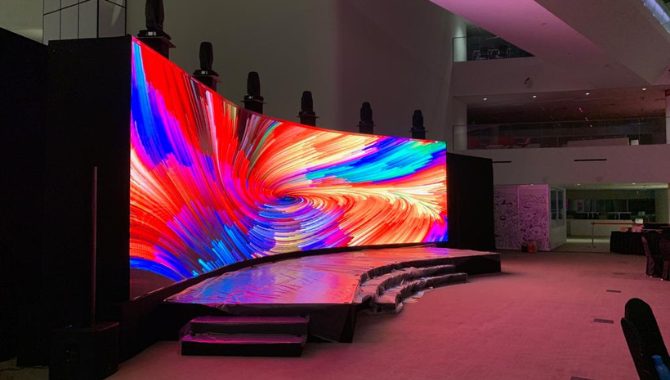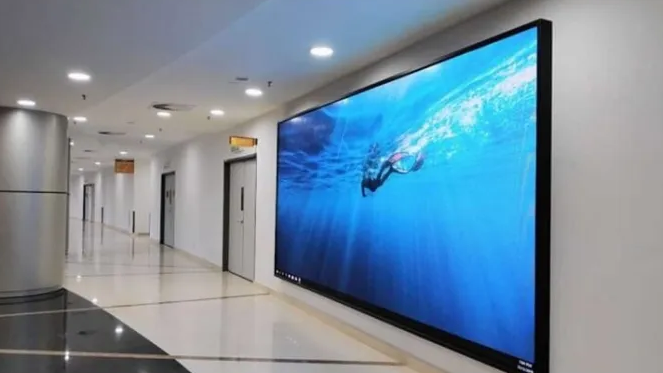LED displays are a powerful tool for communication, providing clear, bright, and dynamic visuals for various applications such as advertising, public information, and entertainment. However, one of the most frustrating and potentially costly issues that can arise is the sudden appearance of a black screen. This not only disrupts the display’s functionality but also negatively impacts the user experience and can undermine the effectiveness of your messaging. Understanding the root causes of a black screen and implementing effective troubleshooting strategies is essential to maintaining the longevity and performance of your LED display.
In this guide, we’ll explore common causes for black screen issues, along with step-by-step solutions to resolve them and prevent future occurrences.
1. Understanding the Potential Causes of a Black Screen
A black screen on an LED display can be caused by a variety of factors, ranging from hardware malfunctions to software glitches. Identifying the root cause is the first and most critical step in troubleshooting. Here are the primary causes that might lead to a black screen:
- Power Supply Problems: One of the most frequent reasons for a black screen is an interrupted power supply. Loose connections, damaged power cables, or faulty power sources can prevent the display from receiving adequate electricity, causing it to go dark.
- Signal Issues: LED displays rely on a stable signal input to function properly. If the display is not receiving a proper signal from the input source, it will not be able to project any content, resulting in a black screen.
- Controller Malfunctions: The controller is responsible for managing the data flow to the display. A malfunctioning controller card can disrupt the communication between the input source and the display, leading to a blackout.
- Software Configuration Errors: Sometimes, the problem is not with the hardware but with the software settings. Incorrect configurations or corrupted files can prevent the display from functioning correctly.
- LED Module Failures: An internal failure in one or more LED modules can result in entire sections or the entire screen going dark. This could be due to defective components or issues with the internal wiring.
- Environmental Factors: Extreme weather conditions, moisture, or dust can interfere with the internal components of outdoor LED displays, leading to a black screen.
Each of these potential causes requires a different troubleshooting approach. Let’s look at specific solutions for each scenario.
2. Step-by-Step Troubleshooting Solutions
A. Check the Power Supply
The first step in addressing a black screen is to verify that the display is receiving power. Here’s how to do it:
- Inspect the Power Cables and Connections: Ensure that all power cables are securely connected and free of visible damage. Loose or frayed cables can interrupt the power flow, causing the display to shut off.
- Test the Power Source: Plug the display into a known working power outlet to rule out issues with the power source itself. If the display works in a different outlet, the problem may be with the original power source.
- Check Internal Power Distribution: For larger displays, check the internal power distribution system. Sometimes, individual power supplies within the display may have failed, affecting only specific sections of the screen.
- Monitor for Overheating: Excessive heat can lead to power supply failure. Check for proper ventilation and ensure that cooling systems, such as fans or heat sinks, are working correctly.
B. Verify Signal Input
If the power supply is functioning correctly but the screen is still black, the issue may be with the signal input.
- Check the Signal Source: Verify that the signal source (e.g., media player, computer, or controller) is powered on and functioning correctly.
- Inspect the Signal Cables: Look for any loose or damaged signal cables. Replace damaged cables immediately and ensure that all connections are secure.
- Switch Signal Sources: If possible, switch to an alternate signal source to see if the problem is with the input device. For example, connect a different media player or laptop to the display and observe the results.
- Test Different Signal Ports: Try connecting the signal cable to a different input port on the display. If the display works with a different port, the original port may be damaged.
C. Assess the Controller Card
The controller card plays a crucial role in managing the display’s data and performance. A malfunctioning card can lead to a black screen.
- Restart the Controller Card: Power off the LED display and remove the controller card. Wait for a few minutes before reinserting it and powering the display back on.
- Check for Firmware Updates: Ensure that the controller card’s firmware is up to date. Outdated firmware can cause compatibility issues and affect performance.
- Replace the Controller Card: If restarting and updating the card do not resolve the issue, consider replacing it with a new one. Malfunctioning controller cards can disrupt the entire display, leading to blackouts.
D. Correct Software Configuration
Sometimes, a simple software configuration error can cause the display to go black. Check the following:
- Review Display Settings: Ensure that the display settings (resolution, refresh rate, and input selection) match the specifications of the LED display.
- Update the Software: Check for any available software updates from the manufacturer. Installing the latest software version can resolve bugs and compatibility issues.
- Reset to Factory Settings: If configuration errors persist, consider resetting the display to its factory settings. This will revert any incorrect settings and restore the display to its default state.
E. Inspect the LED Modules
Internal issues within the LED modules can result in partial or complete black screens.
- Test Individual Modules: For modular displays, test individual LED modules to identify defective ones. Swap out suspect modules with known working ones to isolate the issue.
- Check Internal Wiring: Look for loose or damaged internal wiring that might be affecting power or data flow between the modules.
- Replace Faulty Modules: If a module is found to be defective, replace it with a new one to restore functionality.
F. Protect Against Environmental Damage
For outdoor displays, environmental factors can be a major cause of black screens.
- Inspect for Moisture or Dust: Open the casing and look for any signs of moisture or dust buildup. Use appropriate cleaning methods and ensure that the display is properly sealed against environmental elements.
- Install Environmental Shields: Consider adding extra protective shields, such as waterproof covers or dust filters, to prevent future issues.
- Use Climate-Control Systems: If the display is exposed to extreme temperatures, install climate-control systems like fans, heaters, or air conditioners to maintain optimal operating conditions.
3. Preventative Measures for Future Black Screen Issues
To minimize the risk of black screens in the future, implement the following preventative measures:
- Regular Maintenance Checks: Schedule regular inspections of all components, including power supplies, cables, controllers, and modules.
- Firmware and Software Updates: Keep the display’s software and firmware up to date to prevent glitches and compatibility problems.
- Environment-Specific Protection: Use weatherproof enclosures, anti-glare coatings, and cooling systems for displays in challenging environments.
- Training for Maintenance Personnel: Train staff in basic troubleshooting to quickly address minor issues before they escalate.
Conclusion
A black screen on an LED display can be disruptive, but with a systematic approach to troubleshooting, the issue can be resolved effectively. By understanding the potential causes and applying targeted solutions for power, signal, controller, software, and environmental problems, you can minimize downtime and keep your display functioning optimally. Regular preventative maintenance will further reduce the likelihood of future black screen issues, ensuring that your LED display continues to captivate and communicate your message effectively.







